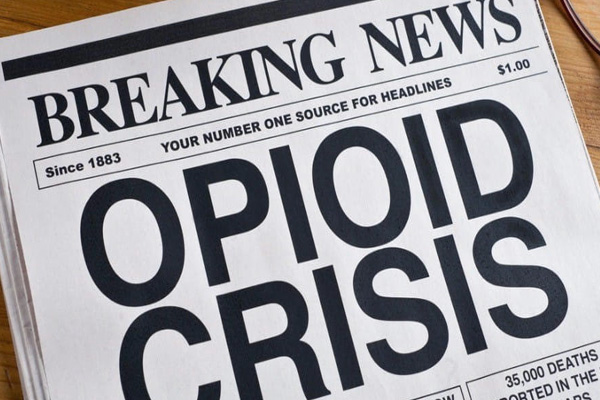ESSAY OF NOTE –
June 9, 2023 – This was particularly evident when opioid use disorder, which started roughly around 1999 and has continued to increase over the decades, was observed to affect mainly White people. This has driven a re-assessment of the nature of addiction. The previous big drug epidemic involved crack cocaine which was criminalized to the point that many users drew harsh prison sentences. Crack addiction was seen as a crime. Of course, crack was a drug predominantly used by Black people. The emergence of a White drug addict prompted a re-evaluation of what addiction meant and how it might be treated. This has led to neuropsychiatric evaluations of substance use disorder and the notion that opioid use disorder is a disease rather than a moral failure. Treating opioid use disorder as a physiological disorder caused by prolonged exposure to a drug that has the ability to rewire a healthy brain to drive it to compulsively seek more drugs appears to be a reasonable, compassionate, and scientifically sound approach to substance use disorder. This may lead to effective ways to treat or manage opioid use disorder. While this is a good thing, it is regrettable that such measures were not considered when the drug epidemic affected racial or ethnic minorities with less political influence and social clout. In other words, seeing opioid use disorder as, first and foremost, a disease rather than a crime is enlightened, even if we did not take the most enlightened path to get there.



